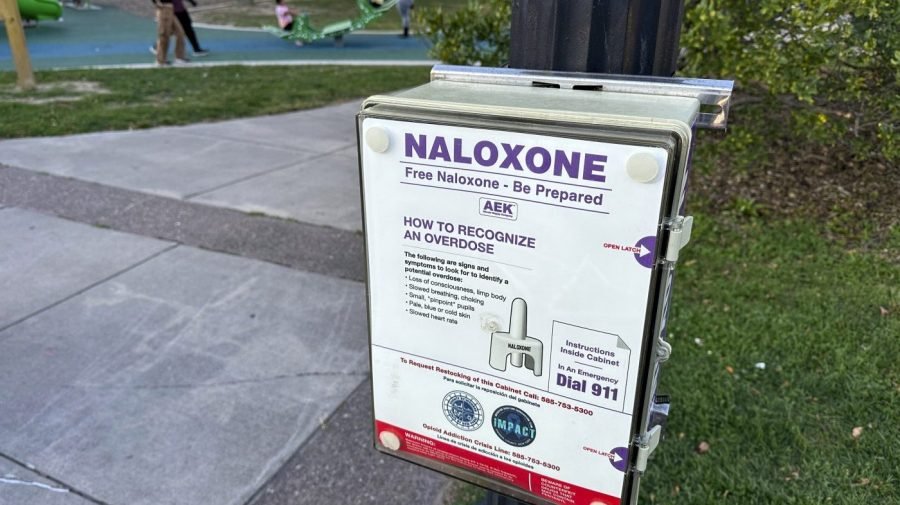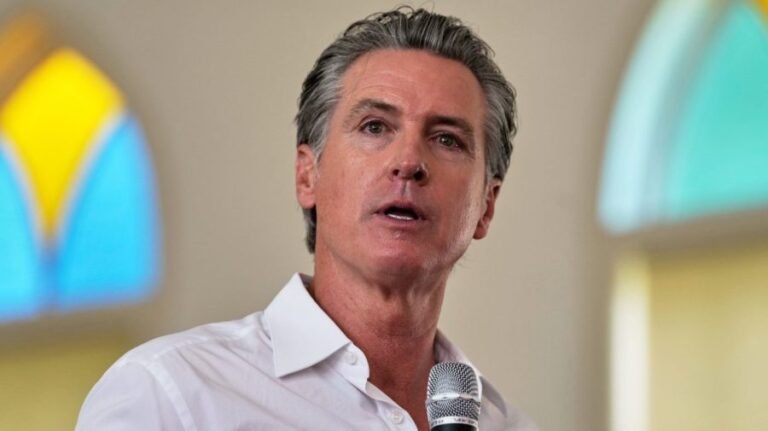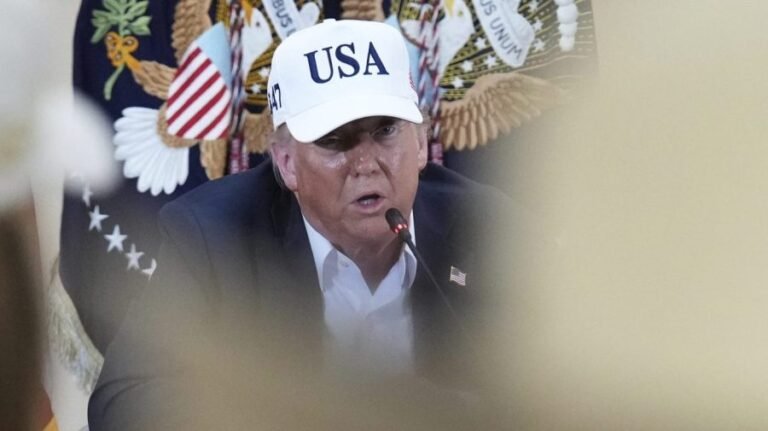
When a public policy saves lives, is wildly cost-effective and enjoys bipartisan support, you might expect politicians to embrace it. Yet the Trump administration is proposing to slash a $56 million federal grant that helps first responders and communities access naloxone, the overdose-reversal medication credited with saving thousands of lives every year.
Meanwhile, lawmakers in states, including Idaho, have acted to restrict naloxone distribution to first responders only, ignoring evidence that laypeople, not paramedics or cops, are most likely to prevent a fatal opioid overdose.
These moves aren’t just cruel, they’re fiscally reckless.
Sold under the brand name Narcan, naloxone is a miracle of modern public health. This opioid antagonist is administered as a nasal spray that blocks opioids’ effects, instantly reversing overdose symptoms with a more than a 90 percent success rate, even when administered by untrained bystanders. It is non-addictive, safe, does not affect non-opioid users and is shelf-stable for years. Best of all, it’s cheap, costing mere pennies to manufacture per dose.
Increased access to naloxone, which became an over-the-counter medication in 2023, is a key factor in the decline of U.S. opioid overdose deaths by nearly 27 percent in 2024, according to provisional data from the Centers for Disease Control and Prevention. That is the largest single-year decline on record. Similar results have been observed at a smaller scale, with states and communities that acted to increase public access to naloxone experiencing fewer overdose deaths.
Opponents of increased naloxone access often argue that it “enables” drug use or categorize such spending as “waste.” To the contrary, decades of research show harm-reduction programs — such as naloxone distribution, needle exchange services and supervised consumption sites — do not increase drug use. In fact, harm-reduction services often serve as a gateway to long-term treatment for substance use disorders.
But these programs don’t just save lives; they save money. Deaths from opioid overdoses cost the U.S. an estimated $685 billion in 2017 alone due to loss of life, lost productivity and increased health care and criminal justice costs. Consequently, preventing overdose deaths helps the economy, with up to $840,000 in savings for each death prevented, by some estimates. Naloxone is one of the most cost-efficient ways to prevent such deaths, with some researchers estimating that every dollar invested in naloxone distribution saves $2,742 in life-years (the economic value of years-of-life saved by averting overdose deaths).
The Trump administration’s proposed cuts to the naloxone distribution program — part of a broader dismantling of the Substance Abuse and Mental Health Services Administration — would gut programs that train and equip communities to respond to overdoses.
At the same time, the White House has focused its approach to the opioid crisis on enforcement — targeting cartels, imposing tariffs on Mexico and increasing border and immigration crackdowns as a means of curtailing the fentanyl supply. This approach might sound tough, but it ignores two critical realities.
First, the overwhelming majority of fentanyl trafficking in the U.S. is committed by American citizens, who made up 86.4 percent of federal fentanyl trafficking convictions in 2023. Second, the fentanyl is already here. No amount of border interdictions or supply-side crackdowns can prevent the thousands who will continue to die as illicit drug markets adapt to bypass enforcement measures.
In fact, the fentanyl crisis itself is partly the consequence of previous crackdowns on opioids. The “iron law of prohibition” says that illicit substances become more potent and dangerous as enforcement intensifies, due to traffickers seeking easier-to-smuggle alternatives. When authorities clamped down on prescription opioids and heroin trafficking, traffickers adapted by shifting to fentanyl — a cheaper, more potent and easier-to-smuggle alternative. Rather than reducing opioid overdose deaths, further crackdowns on fentanyl will likely have the opposite effect, increasing deaths as traffickers pivot to stronger substances, such as xylazine.
Defunding naloxone distribution programs will neither end addiction nor save money. It will only ensure that more Americans needlessly die of overdoses and impose unnecessary financial burdens on local healthcare systems. If policymakers are serious about saving lives and maintaining fiscal responsibility, they should invest more, not less, in naloxone distribution programs.
When a public health approach is this effective, cost-efficient and life-saving, failure to support it is more than negligence. It is a cruel mistake that we cannot afford.
Michelle Minton is a senior policy analyst at the Reason Foundation.






